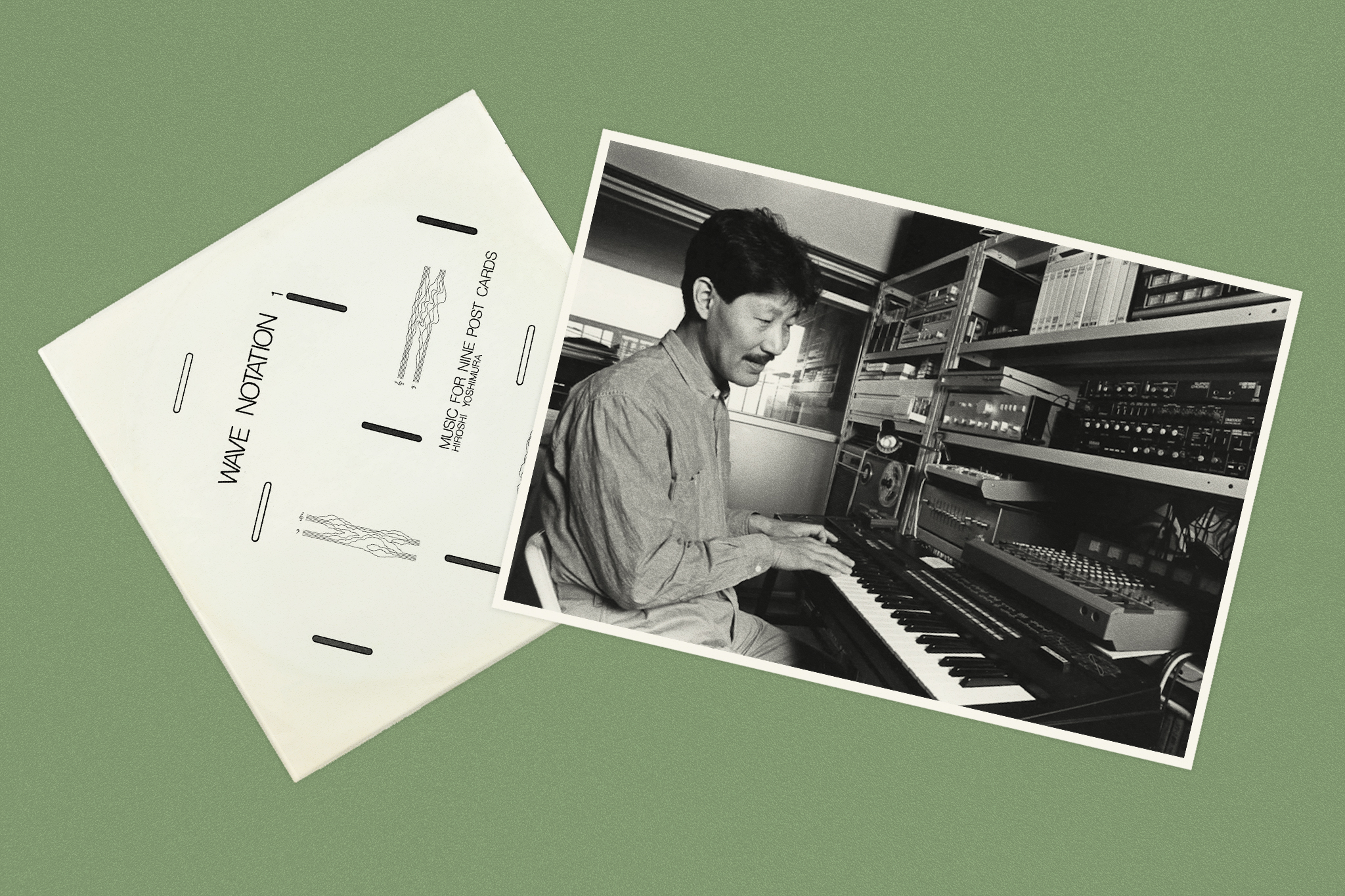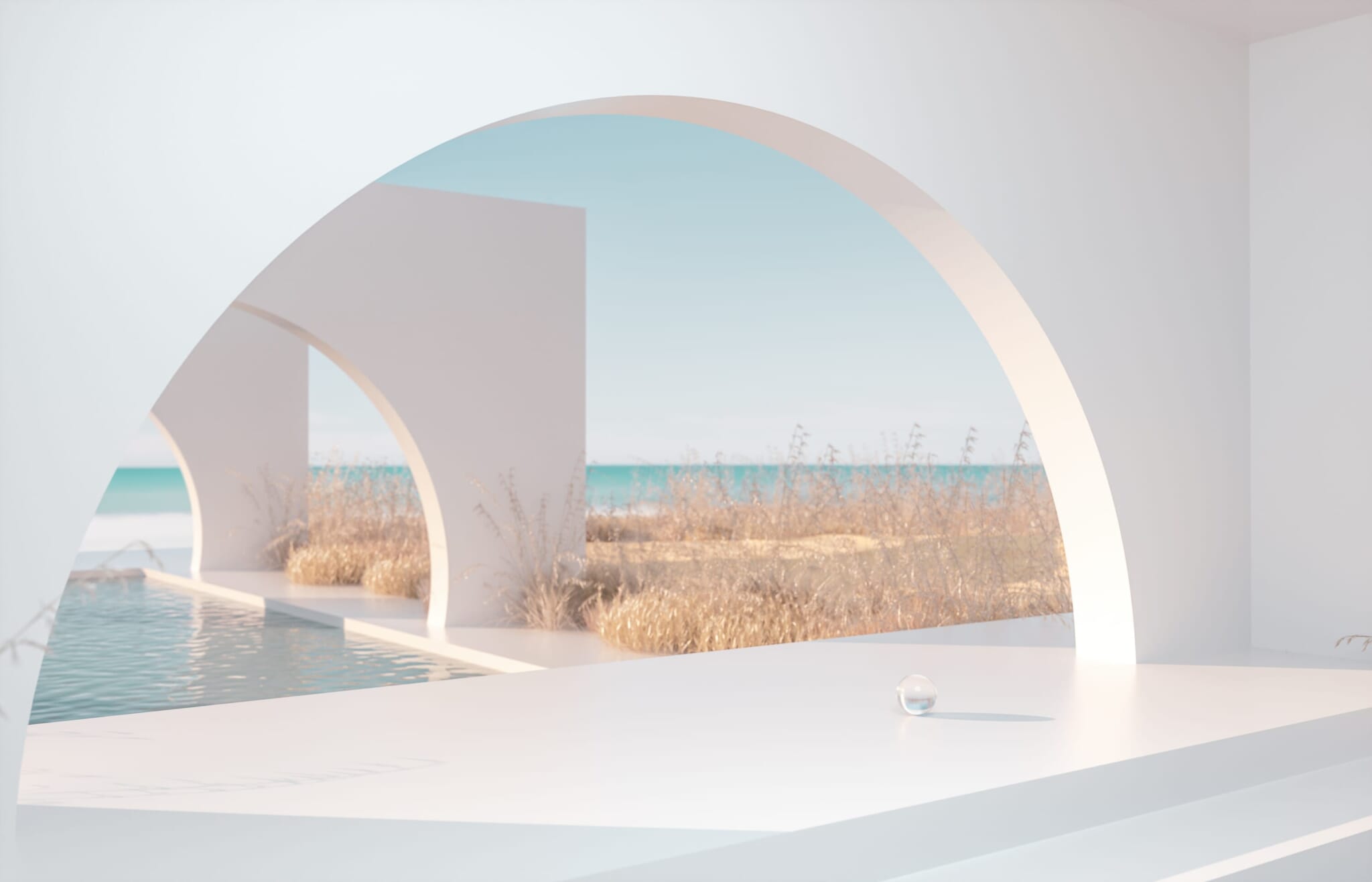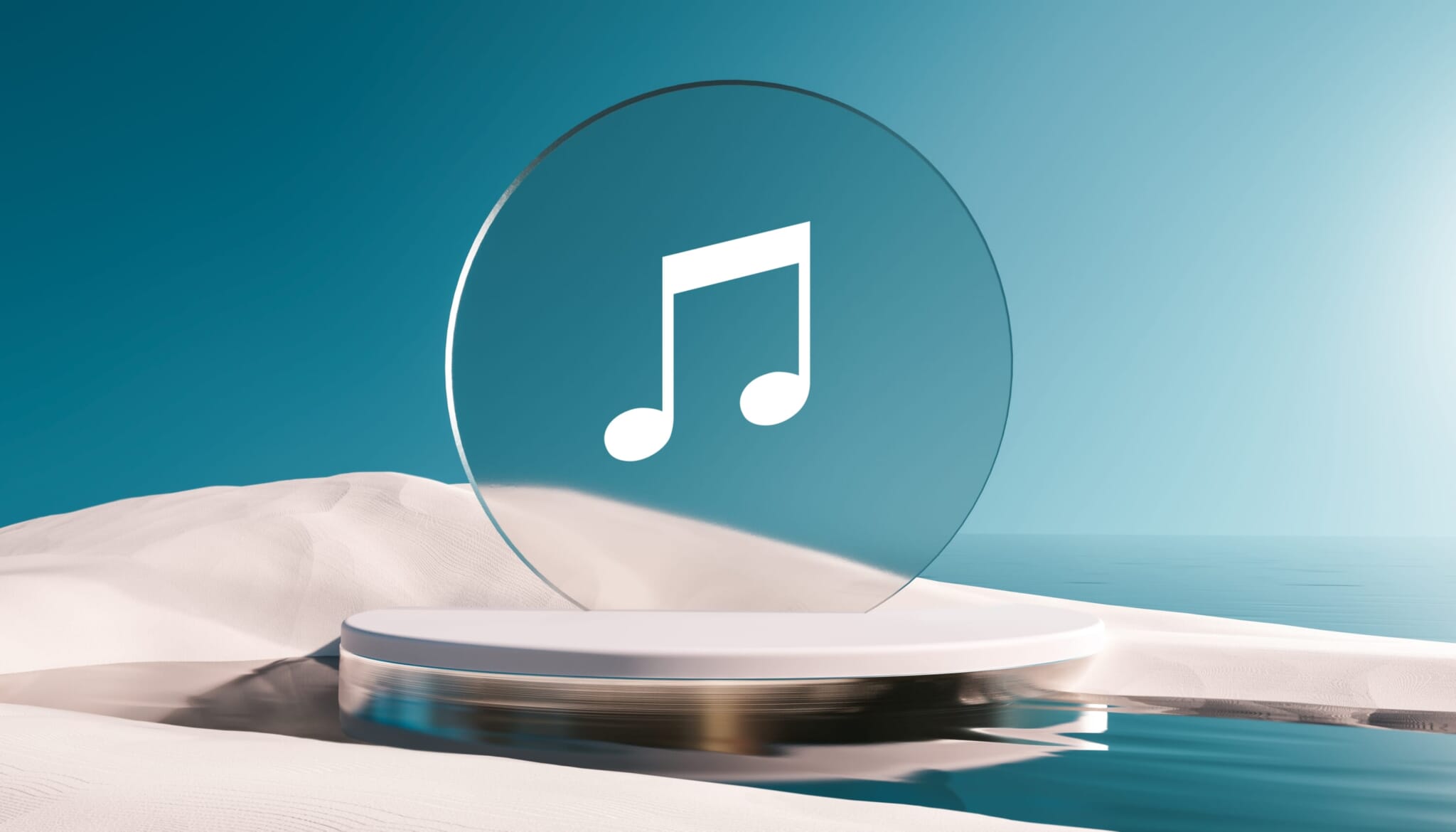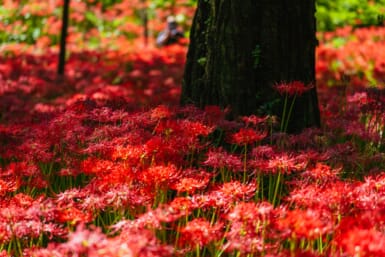Tiny droplet-like notes tinkle one by one into your ears. Gently spaced, each note, when it comes, is like dew on grass in the early morning. It’s calm, unrushed and soft. It’s kankyo ongaku. What is this genre and why is it important? Minimalism at its finest, this is music which places emphasis on the spaces in between.
What is Kankyo Ongaku?
Kankyo ongaku is a Japanese genre from the 1980s, which directly translates to “environment music.” It’s an umbrella term referring to unhurried music, including, but not limited to, new age, modern ambient and modern classical genres.
The music is designed to be an addition to its surroundings, rather than a disruption. H.Takahashi, an ambient musician and founder of the Tokyo-based record shop Kankyo Records, says: “For me, kankyo ongaku is an integral part of daily life; music which is always there, blending in seamlessly with its surroundings.”
Field recording (recorded sounds) and sampling is a big part of the genre. Kankyo ongaku music takes inspiration from nature, the rising and falling tide; wind rustling leaves and trees; delicate birdsong in the early morning. It translates these sounds into the music, adding hints of the natural world to your early morning as you make coffee. Of course, nature isn’t the only sample in kankyo ongaku, but it is a big part. Other samples can include things like background noise: the murmur of low voices in a cafe; cars rushing by in the distance; the clink of pots in the kitchen.
It is a genre that values space and peace. Rather than having a barrage of new punchy sounds and beats, kankyo ongaku takes things one by one. One note layered carefully upon the next, offering time between to think and contemplate. It is neither rushed nor ostentatious. It is what it is. Sometimes kankyo ongaku is referred to as meditation music for this reason.
A Real-life Soundtrack
When the music first appeared during Japan’s bubble era, it was often commissioned by companies who wanted to up-market their products. In the 1980s, Muji, for example, commissioned kankyo ongaku from Haruomi Hosono to soundtrack its shopping experience. Shoppers would browse the stores selling a range of beige and earthy-toned items, cocooned by the delicate tones of kalimba and hushed, calming woodwind.
Kankyo ongaku created any type of calm environment you desired. While many Japanese shops now prefer to pipe out classic jazz, the bubble era was a time of experimentation, where anything went. Firms weren’t worried about the possibility of alienating a small group of customers — money was aplenty and finances were secure.
They could also afford to throw money at the arts, pushing experimental composers and interesting musicians in an effort to grow the elegance of their brand. Requesting specialized music for their adverts to create certain environments.

Key Japanese Kankyo Ongaku Musicians
There are numerous era-defining pioneers of kankyo ongaku, one of whom was responsible for first coining the term.
Hiroshi Yoshimura
Perhaps the most famous kankyo ongaku musician is Hiroshi Yoshimura. The Japanese ambient producer released his debut Music for Nine Postcards in 1982. The album was written as Yoshimura sat at his piano looking out of the window, aiming to paint the outside scene with his instrument as his paintbrush and notes as his paint. Each of the album’s nine tracks is said to represent a different picture postcard: clouds, shade, and so on. The resulting work was used as a soundtrack to the now closed Hara Museum in Tokyo, and was so popular with guests that the music saw an official release.
Other notable albums include Green (1986) and Wet Land (1993).
Satoshi Ashikawa
Satoshi Ashikawa coined what we refer to as kankyo ongaku. In 1975, when he was 24, the renowned composer founded an avant-garde record shop in Tokyo, becoming one of the first to import ambient artists like Brian Eno. He eventually established a record label, Sound Process, which released Yoshimura’s debut album, simultaneously coining the term “kankyo ongaku.” This music, he said, was designed to exist alongside its environment, sprinkly lightness on a cloudy day, making raindrops crystallize as they fall.
Ashikawa’s album, Still Way was the second release on Sound Process after Yoshimura’s debut. Ashikawa would have likely produced more, yet his career was tragically cut short when he died in a car accident the year after the album’s release.
Midori Takada
In 1983, percussionist Midori Takada released her now-acclaimed debut album, Through the Looking Glass on Japan’s RCA Records.
Inspired by rhythms from Africa, South Korea and Indonesia, Takada used percussion instruments such as a kalimba and a cowbell while also mimicking bird sounds to create the atmospheric record. Listening to it feels like you are roaming through the jungle, passing bubbling brooks and clattering rocky paths. The album builds energy with simple percussive elements: less is more as singular instruments pull the listener up, running through mountains and along footpaths.
Takada remains active today, with her most recent album, a collaboration with Japanese Buddhist monks titled You Who Are Leaving to Nirvana released in 2022.

The Kankyo Ongaku Revival
Japanese kankyo ongaku from the 1980s and 90s was set to remain in the far reaches of history, limited to music nerds, until a modern-day miracle occurred: the YouTube algorithm. Just like Japanese city pop, kankyo ongaku was also saved from the vaults of forgotten greats.
Anyone listening to a Brian Eno album in 2016 was automatically suggested an album by Yoshimura or one of his contemporaries. Takashi Kokubo, Susumu Yokota and Kenichiro Isoda were all favorites of the YouTube codes. Yokota’s album Acid Mt. Fuji currently stands at over 1.6 million plays. For obscure 90s music from the Far East, that amount would have been impossible had it not been for the algorithm.
After listening to the recommended albums, users — myself included — started actively searching out kankyo ongaku, keen to discover more of this new old genre. Gradually, modern producers who had been working hard creating their own versions of environmental music, be that ambient, new age, experimental or the like, were also buoyed, creating a ripple effect.
Certain music labels, such as Dutch label Music from Memory, worked with Japanese artists to create new instances and reissues. In 2019, Spencer Doran of the music label Rvng Intl released Kankyo Ongaku: Japanese Ambient, Environmental & New Age Music 1980-1990. He carefully curated 10 tracks to introduce the delights of the genre to new listeners. From Yoshimura to Yasuaki Shimizu, the album provided listeners with a reference point, a gateway into their kankyo ongaku journey.
Influence and Lasting Impressions
Another modern-day musician who can be associated with kankyo ongaku is saxophonist Joseph Shabason. His 2018 album Anne, an ode to his mother who is suffering from Parkinson’s, created waves throughout the music industry upon release. He spoke to Tokyo Weekender ahead of his upcoming Japan tour, alongside two other musicians, M.Sage and Krgovich. The trio is set to release its collaborative album, Shabason, Krgovich, Sage, in April this year.
Shabason discovered Yoshimura and Takada first, and the works made a huge impression on him. “Listening to the genre really opened up my ears and mind to the idea that things don’t need to be in a constant state of change in order to keep the listener’s interest,” he said. “I am very guilty of always wanting to hear something new in a song…once I heard kankyo for the first time, I really understood how powerful no change at all could be.”
This is something the artist carries with him while composing. “I still try to harness that philosophy in the songs I write. They might not be in the same genre, but conceptually I think it’s a great way to approach songwriting.” M.Sage added: “I appreciate how melodic and approachable a lot of the Japanese environmental music is… There is simplicity and delicacy in Yoshimura’s albums that make them feel inviting and humble. I find that really inspiring.”
Other modern-day Japanese ambience to check out includes artists like Jesus Weekend, Nubo and Ayami Suzuki.
Kankyo Ongaku in Tokyo
There are several places where one can experience kankyo ongaku, not just in a Muji store. Kankyo Records, the shop owned by H.Takahashi, is one such place. Pushing open the door, visitors are greeted with pure white. The walls, floor, ceiling are all painted in dazzling ivory. Take off your shoes and step into the ambience, for Takahashi always has some sort of kankyo-related record playing to soundtrack the room. Then, choose from a selection of records he’s carefully picked to embody his own interpretation of kankyo ongaku.
“I pick the music in the shop by first imagining how and where I will listen to it,” he says. “What space it will fit into, whether it will go well with a morning cup of coffee, and so on.”
There are several music venues at which one can regularly experience ambient and kankyo ongaku live. Shabason’s tour plays at Shibuya’s WWW. Other venues which occasionally host ambient events include Forestlimit in Hatagaya, Ftarri in Nihonbashi and Space Orbit in Sangenjaya.
For anyone hoping to experience kankyo ongaku in curated surroundings, Shibuya Saunas has kankyo ongaku chosen by local selector, Chee Shimizu. Elsewhere, Ohashi Kaikan features Takahashi’s selections.
Related Articles
- A Complete Guide to City Pop
- Best Japanese Music of 2023
- Hiroshi Yoshimura, a Pioneer of Kankyo Ongaku
Updated On March 12, 2024








